
|
The world of non-commercial film and A-V |
Events Diary | Search | ||
| The Film and Video Institute | | ||||
The Videomaker's Journey: part six |
CONTENT
Some of this encroaches into the area of making dramas, but it is also useful advice for making travel and family movies. If you are a still photographer, you will know most of this stuff, maybe a lot more. If you are new to it all, don’t try to learn it all at once. Take it a bit at a time. When you have taken some shots read these notes and remember how to improve the next time. If you are lucky enough to have someone who can look over your work and give you constructive advice, note what they say. Don’t make excuses! You should rapidly improve.
Actually, if you take a lot of video shots, review what you are doing. Try to improve. Your common sense will teach you most of it. Refer to Part 17 (Theory and Practice of Editing) for the length of time for the various types of shots.
The experienced makers of dramas can always see how they can improve their movies the next time.
Remember to get in close for some of the shots.
After each shot look around for cut-a-ways. For example, close-ups of pretty lamp posts, deeply recessed windows and pretty balconies with iron railings.
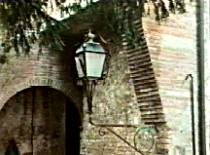 |
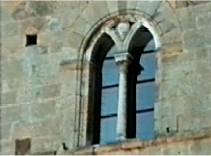 |
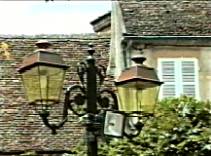 |
| SAN GIMIGNANO , ITALY | VOLTERRA, ITALY |
BEAUME, FRANCE |
Shots of medieval and modern buildings that will hold the attention of the audience.
Many medieval buildings have modern windows and doors installed flush with
the outer face of the walls, as a result the buildings have a modern appearance.
Buildings that will have good contrasts in the scene are the ones to take
shots of - and they will have some off the following features:-
- Deep set doors and windows, that cast shadows.
- Architectural surrounds to the doors and windows.
- Flower boxes or hanging baskets of flowers, on the walls or poles in the street.
- Architectural features on the face of the walls.
- Balconies.
- Pretty streetlights attached to the walls or on street posts.
- Front porches.
Shots of a building taken from well to one side of centre, at an angle to provide perspective, are better than the ones where the video camera is directly in front of the building.
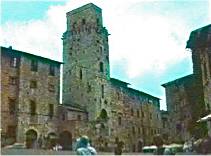 |
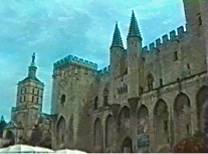 |
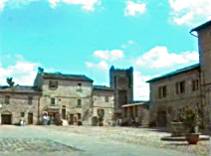 |
| SAN GIMIGNANO, ITALY | AVIGNON, FRANCE |
MONTEREGGIONI, ITALY |
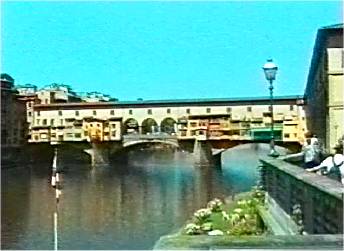 |
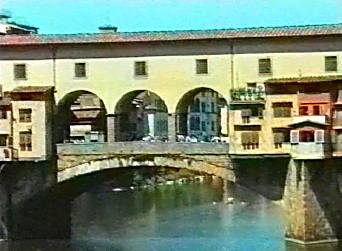 |
| Long shot PONTE VECCHIO, FLORENCE, ITALY | Close-up PONTE VECCHIO, FLORENCE, ITALY |
Read the operators manual for the video camera. Some of the latest models have advanced features like macro. Usually you set the zoom to the widest angle. It is often possible to shoot a subject that is 10mm from the lens surface. A small flower will fill the screen.
My method is to take the close macro shot for 4 seconds, then lean slowly back to about 600mm from the flower so as to see the bunch of flowers or the plant, then hold that still for about 4 seconds.
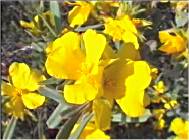 |
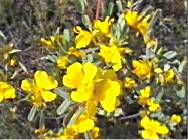 |
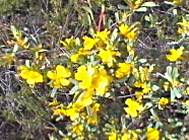 |
| 4 seconds still | Lean back |
4 seconds still |
Macro shots taken near PERTH, WEST AUSTRALIA
< Part 5 | Introduction | Part 7 >
© copyright Arthur Bullock, 2007
Share your passions.

Share your stories.